
|
Scooped by
Catherine Smyth
onto Primary history- British Colonisation February 19, 2013 1:29 AM
|
Get Started for FREE
Sign up with Facebook Sign up with X
I don't have a Facebook or a X account


|
Primary history- British Colonisation
A range of teaching resources for the Stage 2 history topic 'British Colonisation'. Curated by Catherine Smyth |
 Your new post is loading...
Your new post is loading...

|
Scooped by
Catherine Smyth
July 2, 2014 12:25 AM
|
Your lesson this week: Convict secrets of The Rocks precinct in Sydney. Your teacher is Associate Professor Grace Karskens from the University of New South Wales. Download the audio file Next week: Sp
The historian, Grace Karskens, talks about what life was like for convict families living in the Rocks during early colonial Australia.

|
Scooped by
Catherine Smyth
April 29, 2014 1:15 AM
|
Great teaching resources compiled by a Year 4 classroom teacher.

|
Scooped by
Catherine Smyth
April 28, 2014 12:07 AM
|
My Year 4 class built this 'Ghost Ship' from the first fleet. The sails are their written accounts as child convicts on board the ship from England to Australia. | See more about ships, australia and children.
An amazing collection of creative teaching ideas and classroom-based activities created by a classroom teacher.

This is such a creative way to teach this Year 4 AC History topic...thanks Sharon!

|
Scooped by
Catherine Smyth
March 24, 2014 7:43 PM
|
What was life like for the First Fleet? Great background information for primary teachers. The historian Grace Karskens will give a lecture at the State Library NSW in April. Click on link for details.

What was life like for the First Fleet? The historian Grace Karskens will share her research at a lecture in April. Great background information for primary teachers teaching the ACH First Contacts topic or the NSW BOS HSIE K-6 British Colonisation topic.

|
Rescooped by
Catherine Smyth
from Primary history
May 10, 2013 12:00 AM
|

Year 5 and Year 6 AC History- stories of immigration explored through Drama and role-play.
Drama is an excellent way of teaching historical events as it forces the student to become the character in the situation. This resource outlines how the drama process could work in a Humanities lesson on immigration (as it was inspired by the Immigration Museum). It includes focus questions as well as goes through the history of settlement in Australia. I think this is an inspiring resource because it's innovative and engaging for the students. I'd use this drama resource in conjunction with other resources (such as videos, images, texts, etc) when teaching about this topic in my classroom.


|
Rescooped by
Catherine Smyth
from HSIE K-6
April 10, 2013 1:46 AM
|
This documentary series traces the history of Australia from 1788 in seven episodes. It was produced in consultation with Aboriginal communities. Primary teachers could use video extracts when teaching about British colonisation or build their own professional knowledge about the topic.
An excellent resource for educators to use in their lesson planning.

A great resource to explain the origins of English culture and language of Australia.

Description of what is on this site:
Directed and produced by Rachel Perkins, an Arrernte woman from Central Australia, First Australians, specifically Episode 1, excellently 'explains changes in the community and family life' experienced by the Aboriginal peoples at the time of the arrival of the First Fleet and beyond. This episode 'evaluates the effects of these' changes 'on individuals' such as Bennelong. The information at http://www.sl.nsw.gov.au/discover_collections/history_nation/terra_australis/education/bennelong/bennelong_extracts.pdf could prove a useful follow-up resource. This is one of the resources selected using selection criteria such as whether the creator of the work is Aboriginal.
The effects of these changes on groups of Aboriginal people are illustrated, such as those experienced by the Aboriginal people of Warang (Sydney). It also enables the audience to evaluate the effects of these changes on 'environments' due to British settlement. Allen Madden from the Gadigal Clan, talking of Captain Philip, explains that "...immediately he orders trees to be chopped down and land to be cleared..." (Perkins, 2008).
A teaching idea:
Children could be asked to write down what stands out to them as they watch the episode, after which time they pair and share and then share their partners response with the class. Teacher can display mind-map of ideas on interactive whiteboard and students can research one of the first Australians mentioned in the episode and present some of the ideas in the mind map in relation to CCS2.2, from the perspective of that first Australian.
An idea for an assessment task:
In order to assess the learning of the students on how well they can fulfill the HSIE outcome CCS2.2, perhaps after giving them a few lessons to research the changes and their impacts, I would ask them to write a speech from the perspective of a particular Aboriginal person or group.
Literacy strategy/links to English KLA:
This could also fulfill some of the outcomes for the English K-6 Syllabus such as EN2-6B in that writing a speech requires students to 'distinguish between different forms of English' as they 'plan and deliver short presentations'.
References:
Hunter, J. (1788). The Taking of Colbee and Bennalong.
Retrieved from the State Library of NSW website: http://www.sl.nsw.gov.au/discover_collections/history_nation/terra_australis/education/bennelong/bennelong_extracts.pdf
Perkins, R. (Director and Producer). (2008). First Australians
[Motion picture]. Australia: Blackfella Films.

|
Rescooped by
Catherine Smyth
from Primary history
April 2, 2013 7:31 PM
|
Take your students on a virtual tour to help create a context for what life was like in another time.

Sites like this UK one are a good way to help create a context for what life was like in another time. What was life like in the past? What would you have seen? How is this room similar to your living room today? What's different- and why?
Pose questions but don't stop there- scaffold teaching and learning to ensure that students use historical skills (such as careful use of evidence) so that they are able to produce an EXPLANATION.


|
Rescooped by
Catherine Smyth
from Primary history
February 19, 2013 2:07 AM
|
An Australian government website containing background information and sources relating to events and people in Australian history.

|
Rescooped by
Catherine Smyth
from Primary history
February 19, 2013 2:03 AM
|
This link will take you to podcasts by historians dealing with a range of topics and events in Australian history including Aboriginal history, the First Fleet, migration and the gold rush. Primary teachers wanting to develop their own professional knowledge about a history topic can download the podcast Australian History on iTunes.

|
Scooped by
Catherine Smyth
February 19, 2013 1:43 AM
|
The Board of Studies serves 100,000 teachers and a million students in New South Wales, Australia.

|
Scooped by
Catherine Smyth
February 19, 2013 1:42 AM
|
The Board of Studies serves 100,000 teachers and a million students in New South Wales, Australia.

|
Scooped by
Catherine Smyth
February 19, 2013 1:37 AM
|
The Historic Houses Trust is a leader in the conservation and management of historic places in Australia. As well as opening our museums to the public, we produce exhibitions, events, publications and education programs.

|
Scooped by
Catherine Smyth
February 19, 2013 1:37 AM
|
A list of the convicts transported to NSW. Find names, dates, place of trial and sentence. Some entries have information about physical description, native place, age and crime.

|
Scooped by
Catherine Smyth
February 19, 2013 1:33 AM
|

|
Scooped by
Catherine Smyth
February 19, 2013 1:29 AM
|
Primary sources




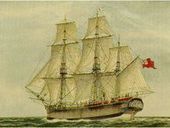
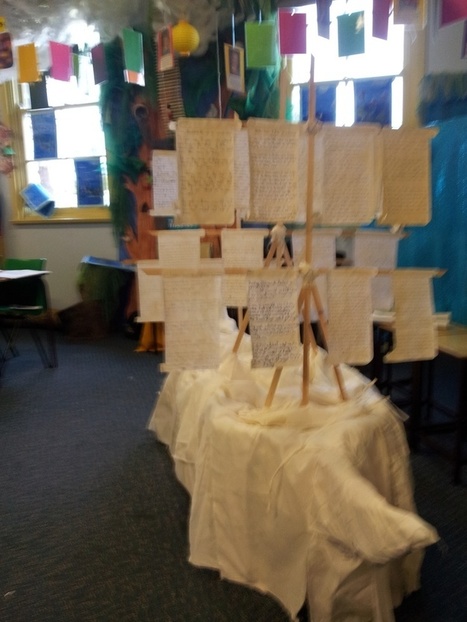

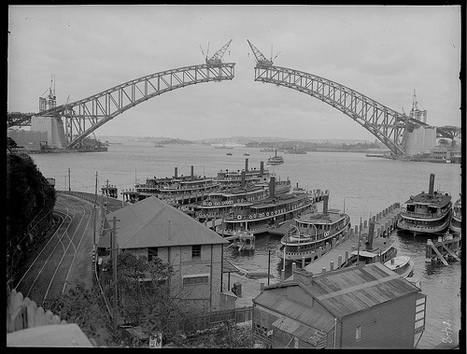



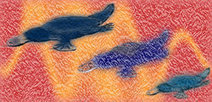

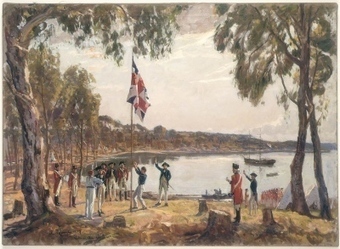

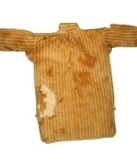
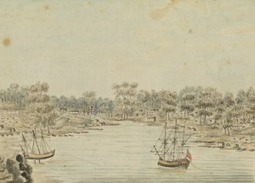

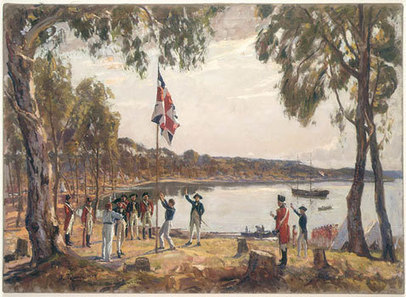





Primary sources